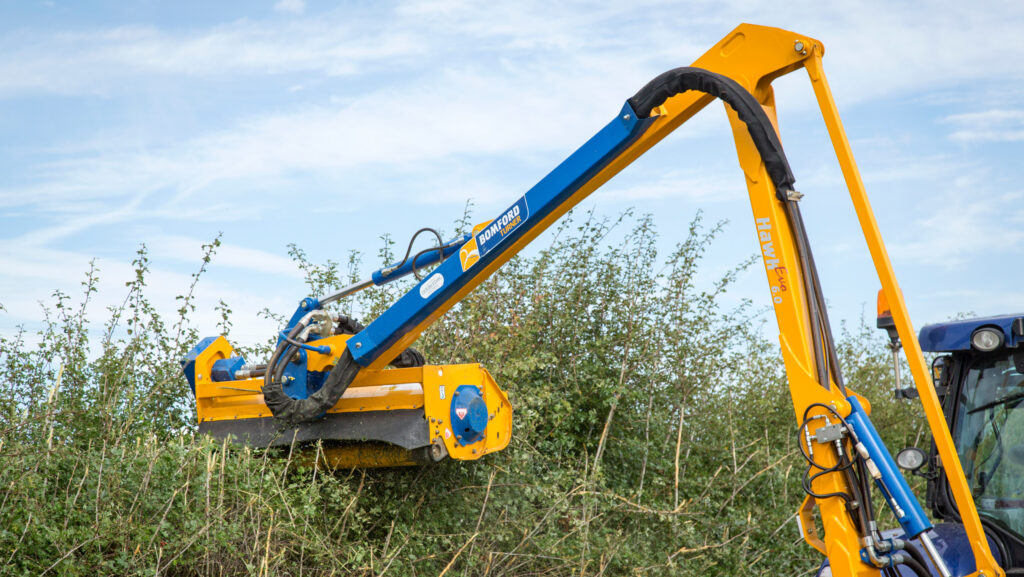Opinion: Postponing hedgecutting will help wildlife
 © GNP
© GNP Margaret Thatcher famously disliked the countryside because she thought it “untidy”.
Yet here we are in autumn, the season of mists, mellow fruitfulness and the crunch, bang and splat of the annual hedgetrimming jamboree as farmers try to smarten it up.
I accept I’m lucky. Our farm is on free-draining soils and you can get a tractor round most fields through many of the winter months.
But even if I was on deep clay (and I have worked on several farms that were) I would still question the necessity of cutting hedges through the early autumn.
See also: Opinion – unearthing farm history can become addictive
The rules say that because the birds aren’t nesting you can start trimming in September, but that doesn’t mean you should.
Hedges provide a rich harvest of food for all sorts of wildlife.
Our tame birdwatchers here have records and photographs of a massive range of creatures not just benefiting from this bounty, but relying on it for their winter survival.
By cutting in September and October we’re denying food to thrushes, blackbirds, redwing, fieldfares, blue tits, robins, blackcaps, Dartford warblers, bullfinches, small mammals and the raptors that prey upon them.
Although hedgetrimming can be a bit of a mind-numbing job, I’m the first to admire the aesthetics of a well-cut hedge.
But the days of trying to make our farms look like suburban back gardens are thankfully behind us.
The notions of “tidy farming” are becoming increasingly expensive and irrelevant to most of the land we manage.
Cross-compliance stopped us ploughing right up to the field edges, weedy stubbles are now encouraged, and various Sustainable Farming Incentive and Countryside Stewardship options reward less-intensive hedge management.
Showing off your dominance over nature is becoming a thoroughly outmoded concept.
From a purely practical point of view, burning diesel blasting huge amounts of green matter through a hedgetrimmer is slower and more expensive than flailing sticks after Christmas.
And if you enjoy cutting hedges and can’t quite accept the ragged look of raw nature, then many of the three-year options allow two-year cuts if done in January or February.
Even with an arable rotation, provided you have a mixture of winter and spring crops you don’t need the strategic genius of a military leader to plan your cutting around it.
Obviously roadside hedges are an exception, but in the fields there isn’t much of an excuse.
And no matter how insecure you feel when thinking about your neighbours’ opinions, most people are unlikely to notice or comment on your farm’s inner boundaries.
I accept that if you’re on heavy land you don’t want to run the risk of the fields being impassable, but with the current weather we seem to be enjoying I’d suspect my fields will be drier in January than they were in October.
And if I miss a few hedges for a year does it really matter? The wildlife will be grateful.
If you let them grow a few inches higher each cut then you don’t have the splintered horrors of a Paul Nash painting when tackling the three-year growth.
When they become a bit too tall or gappy then there is an almost profitable range of grants for laying and coppicing and your inner “Iron Lady” can be satisfied having some tidy countryside back as the cycle starts again.

